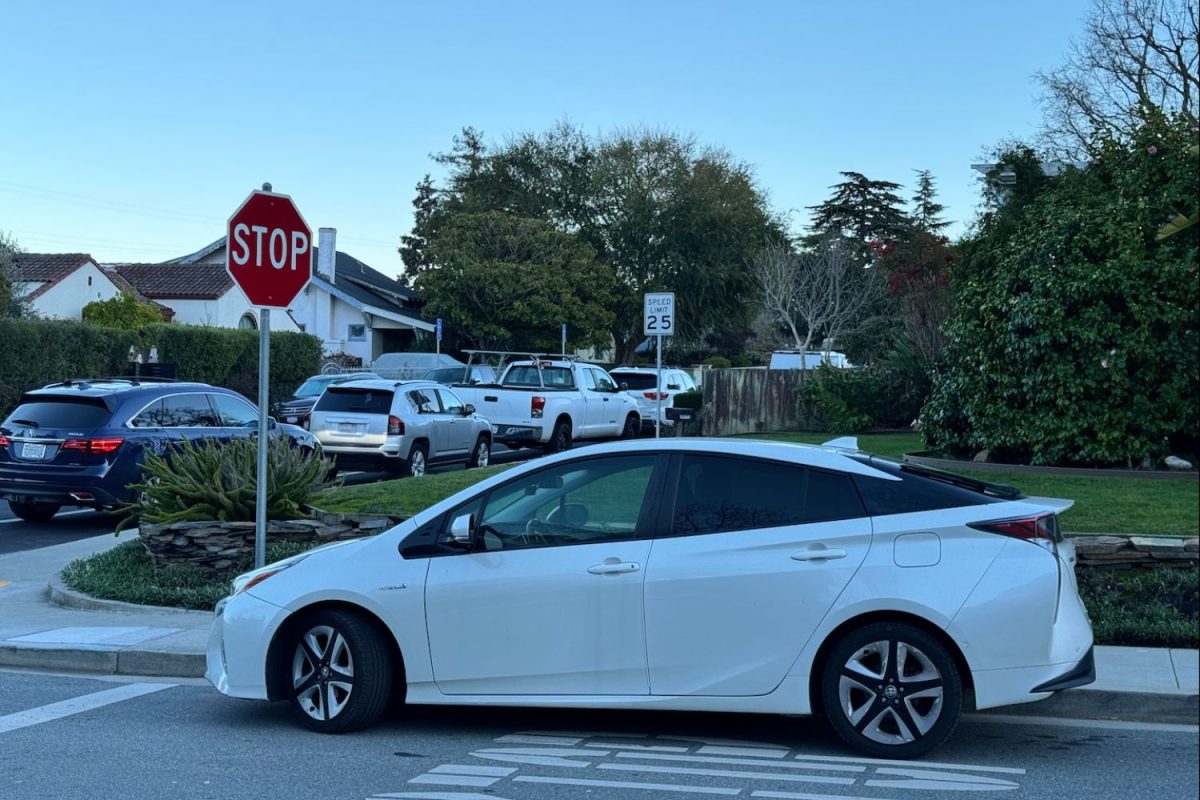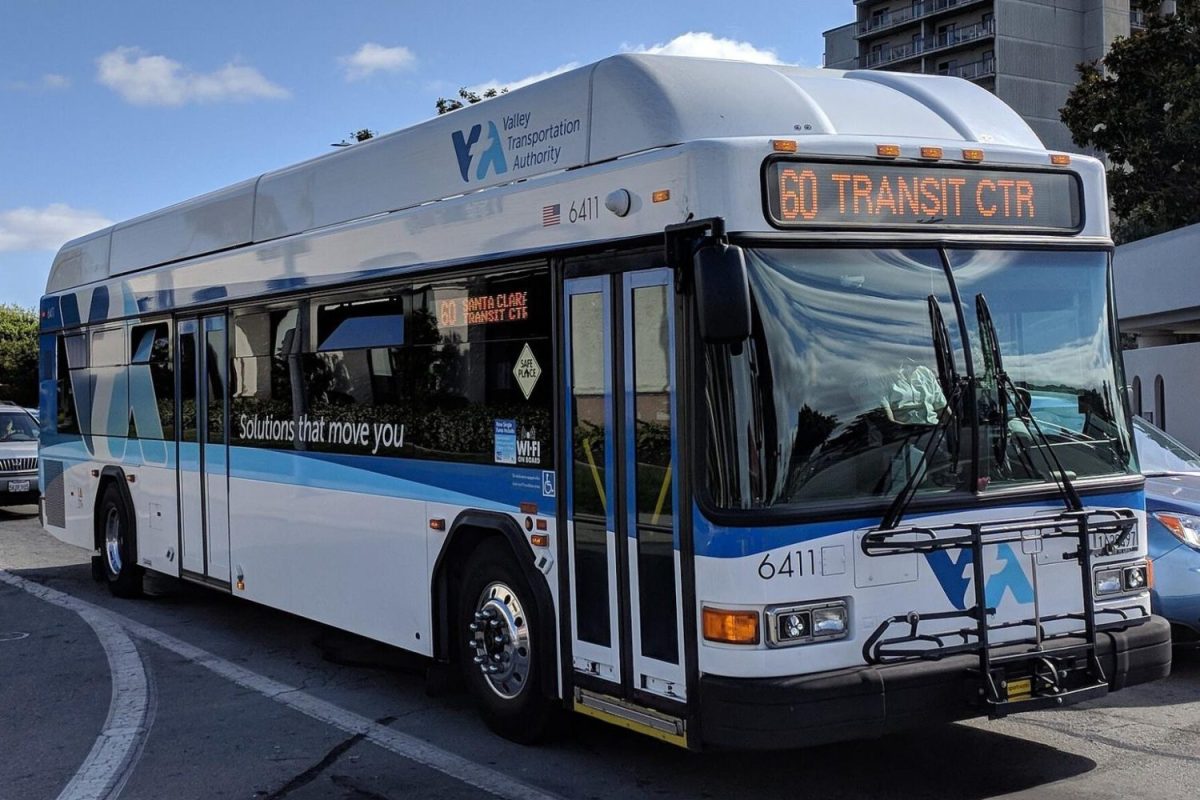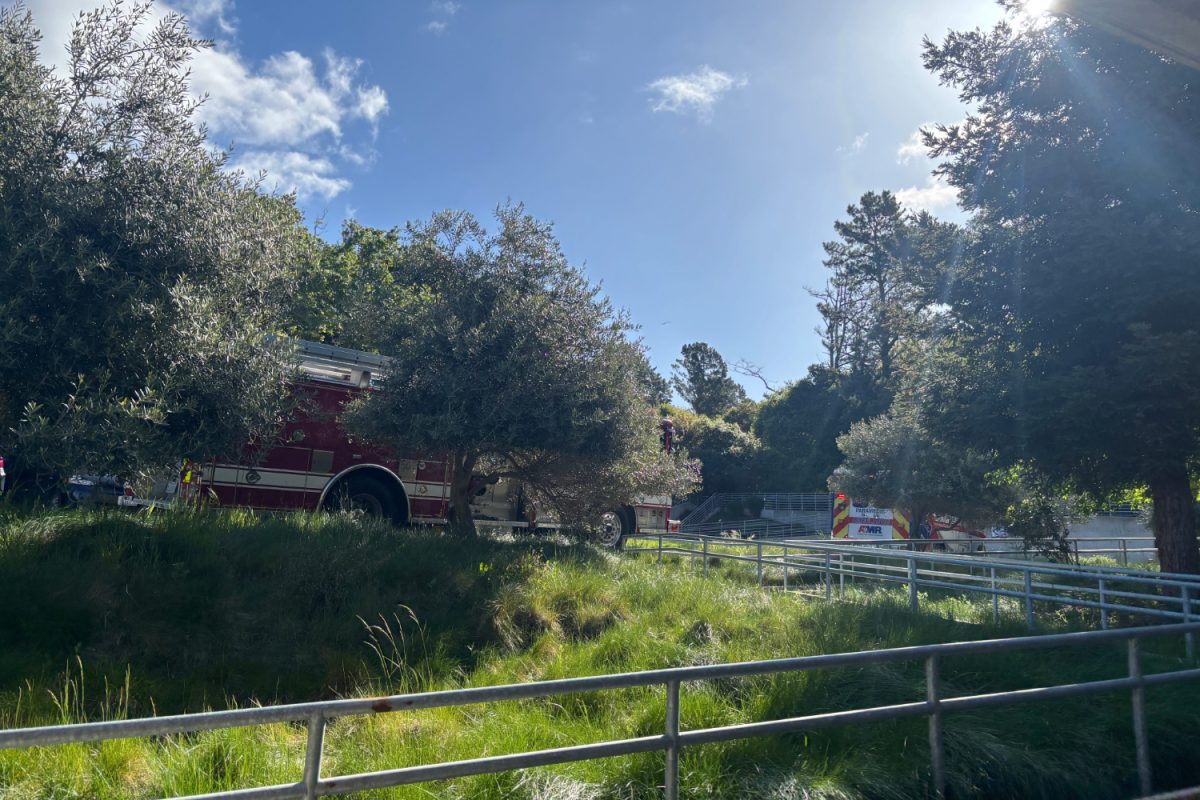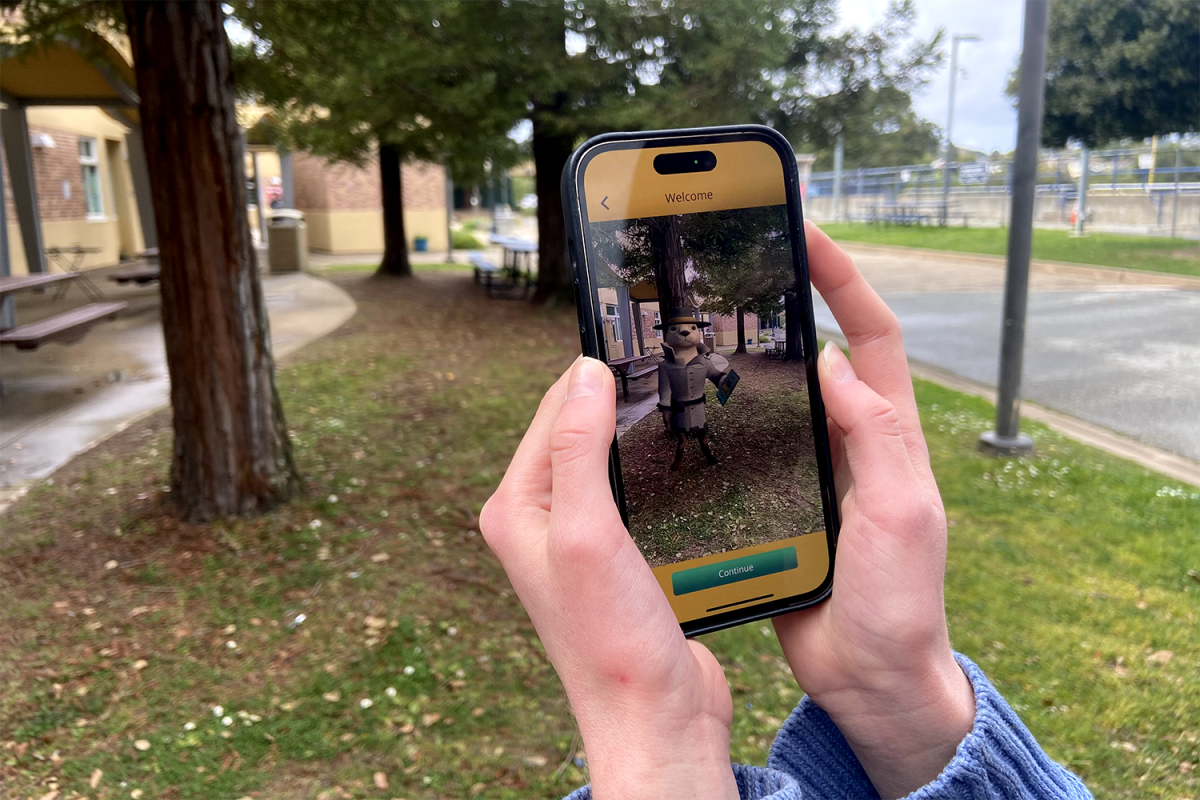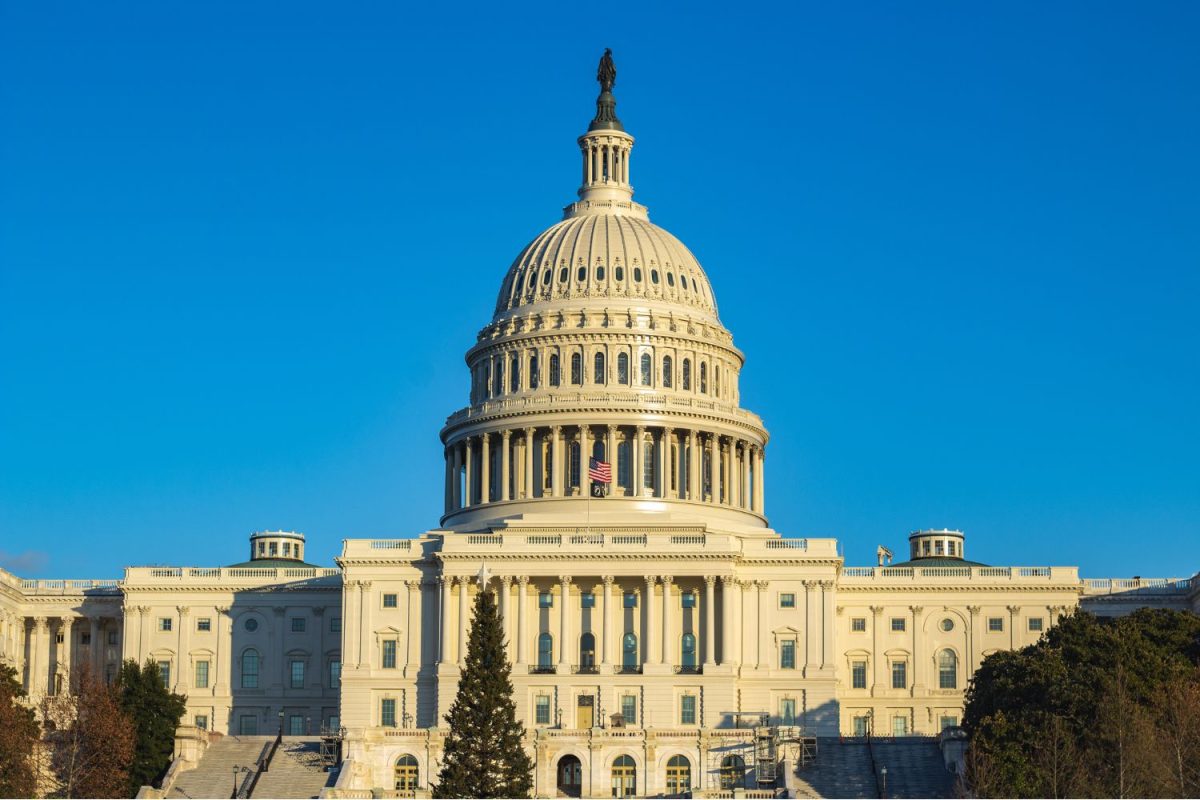To increase pedestrian safety around crosswalks, the City of Belmont implements Assembly Bill 413 (AB 413) through social media outreach, strategizing with law enforcement, and identifying affected parking spaces.
According to California Legislative Information, AB 413 prohibits any vehicle from stopping, standing, or parking within 20 feet on the approach side of a crosswalk or within 15 feet of one with a curb extension. This practice of leaving a vehicle-sized space in front of any crosswalk, marked or unmarked, is known as daylighting. As of Jan. 1, 2025, law enforcement officers are allowed to issue citations for bill violations. However, according to KQED, San Francisco, like Belmont, is providing a warning period before beginning citations due to the newness of the bill.
“The current plan is to issue warnings to drivers parked in spaces made illegal by AB 413 and transition to issuing citations after the initial warning period. The city understands that this is a large change and, despite outreach efforts, many residents of Belmont may not be aware of or used to it yet,” said Daniel Matthews, an Assistant Civil Engineer for Belmont.
Despite only picking up steam in 2024 and 2025, daylighting in California has been around since October 2023, when Governor Newsom signed AB 413. This bill aims to increase pedestrian safety at a time when pedestrian deaths, both in California and nationwide, were on an upward trend.
In 2022 alone, there were 7,522 nationwide pedestrian deaths, with 1,158 of them being in California, according to the National Highway Traffic Safety Administration. That is roughly 15% of all pedestrian deaths across the U.S. and more than any other state. With the implementation of this bill, California hopes to protect pedestrians better.
“Studies by the U.S. Department of Transportation have shown that daylighting intersections can lead to a 30% reduction in pedestrian collisions. We’re hopeful that this change to the California Vehicle Code will make it safer for all pedestrians in Belmont and prevent serious, life-threatening traffic collisions,” Matthews said.
This change in safety has not only been proven to be effective but is also felt throughout the community. With this new bill in effect, one driver feels its presence will help protect the community.
“I think the bill is safe in terms of influencing people to abide by the law and increase safety within communities, especially when there are families around with little ones. There are statistically so many car accidents yearly, and hopefully, daylighting will decrease them exponentially,” said Natalia Manzanares, a frequent driver.
Public awareness, whether through social media outreach or law enforcement warnings, is just one step to informing the community of this bill, but another is using visual cues. By identifying illegal parking spots, Belmont can do just that.
“In 2024, Belmont Public Works identified marked parking spaces that would be affected by this law and removed them. We are still evaluating the installation of signage or red curbs at intersections, and we’re working to identify priority locations like near schools and high-traffic crosswalks where red curbs would be helpful,” Matthews said.
In total, Belmont has identified over 80 affected parking spots. However, without data from unmarked intersections, Matthews expects that number to be much higher. The removal of these spots has affected everything from overnight parking to being on time for school, and Seoha Kim, a junior at Carlmont, says that, at times, finding a spot on the street can be challenging.
“If I’m late to school, it’s really hard to find spots, especially near Carlmont because there are so many people parking on the street, and they don’t have permits for the junior or senior lots,” Kim said. “There are limited parking spots outside of school, so with the new bill, it’s definitely going to be more competitive.”

